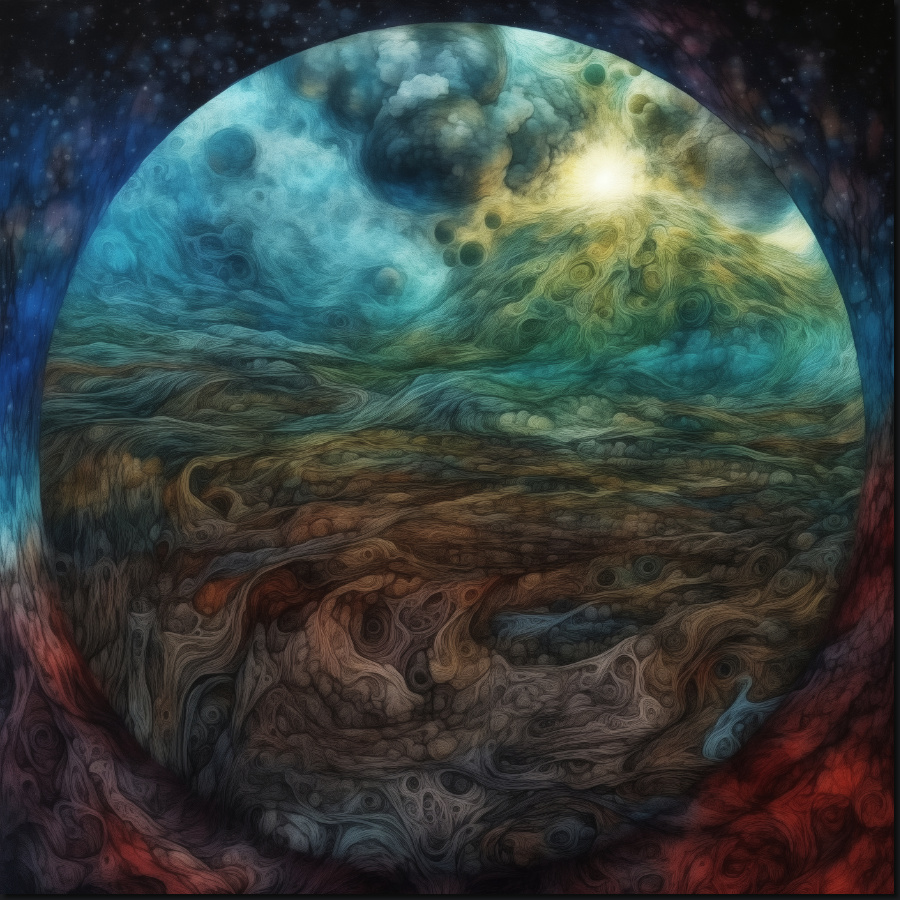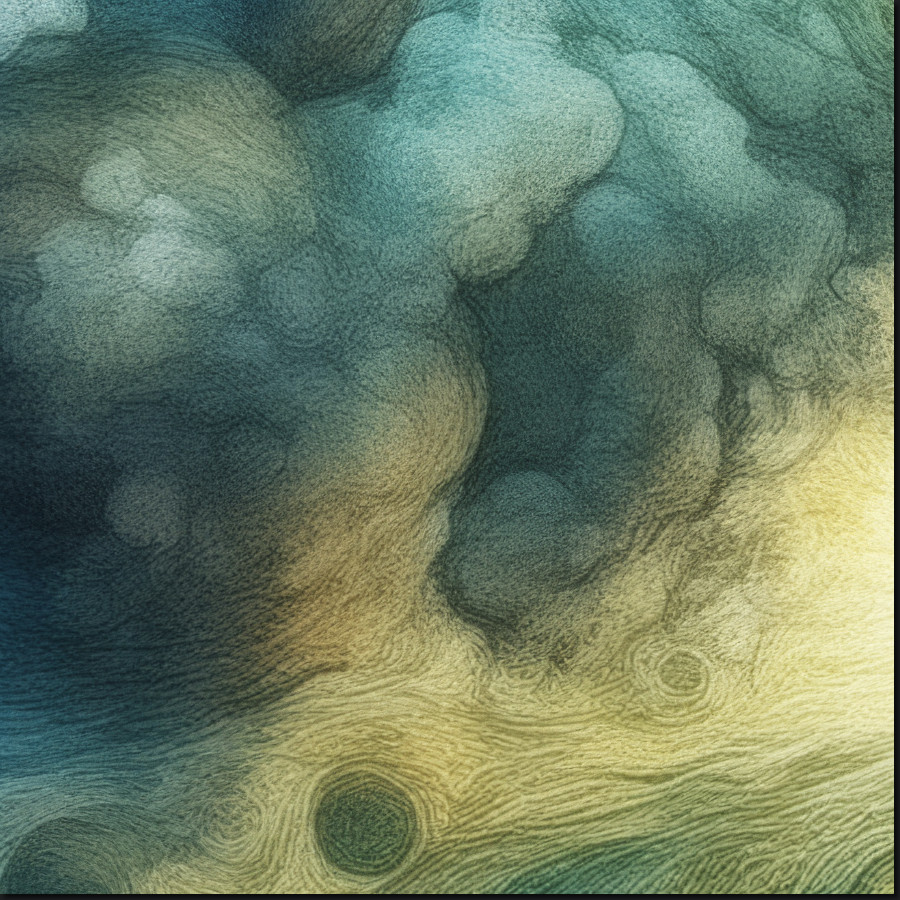earthsong
For Piano, Orchestra, Voice, and Synthetic Sounds.
· non est ad astra mollis e terris via ·
· there is no easy way from the earth to the stars ·
•
Hidden in the word earth is art.
Each day you listen to this music I ask you do one good thing for the earth. Reuse something that you might otherwise throw away, use a little less energy, save water. Do this and my effort making becomes worthwhile.
•
Like the idea of home, the music EARTHSONG pulls me back.
At its core the music has three low repeating notes and uncomplicated melodic lines. It is the play of these against one another over uneven time that captures the ear.
A thin sheet of cotton covers the strings of the piano as it makes soft, elongated, textural layers of syncopated sound. Voices sing before unknown creatures scatter across the aural landscape, then disappear. Solo stringed instruments accompany a sprightly clarinet as I glimpse a dance of life before the main theme returns, now lush with oboe, piccolo, trumpet, and choir who join in unison to acclaim their anthem of the earth. Threadlike shimmering waves accompany a final short insistent tune, high, then higher on the piano that gradually fades from view.
•
EARTHSONG references a long line of thought and art about our relationship with the earth and beyond.
The Latin phrase 'Mon est ad astra mollis e terris via' was written by Lucius Annaeus Seneca, a Roman Stoic philosopher, statesman, and dramatist who lived two thousand years ago. The artwork is built upon a wood engraving first published by Ernest Flammarion in France in the late nineteenth century. Created by an unknown artist, the original line artwork depicts a person who reaches out past the point where the earth and sky meet. This engraving was in turn likely inspired by Cosmographia, the earliest German-language description of the world published in 1544 by Sebastian Münster which featured many notable woodcut prints. Cosmographia enjoyed twenty four editions over a hundred year period.
•
There is an inner space where I become most ready to create. It is a place unseen, of listening, of heightened sense and open landscape. I cannot rush towards it, nor demand its presence. This delicate, ephemeral place of making can easily evaporate with trivial distraction. It is a place only reached when I am not the player, but the instrument. A place where the 'I' gives way, and doubt retreats.
I listen to sounds that arise as words do ideas. Words alone and isolated are weak, their strength is in their meeting and meaning. It is in coming together that value arises, as sounds do in music, light in art, and as communities: of humans, and other living things.
I turn to the phrase written by Seneca: there is no easy way from the earth to the stars.
I gaze at the elements of water, land, moon, and tree: the earth, full with wonder and beauty. The stars, full with the promise of exploration. The curious animal has no choice but to gaze beyond their home, their world of earth and sea, sun and sky.
Only when I care first for my home am I ready to journey.
The earth is my home, this fragile place of touch, taste, scent, sound, light, and life.
•
You may also be interested in the related artwork and music Fragile Earth at 100 Artworks.
•
An extract from the full size artwork follows:


